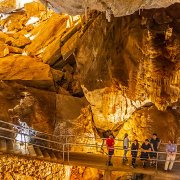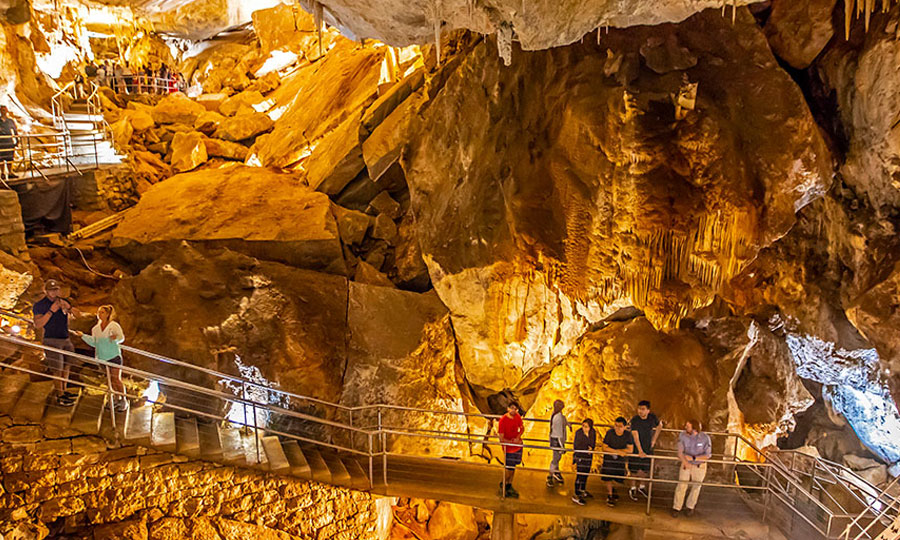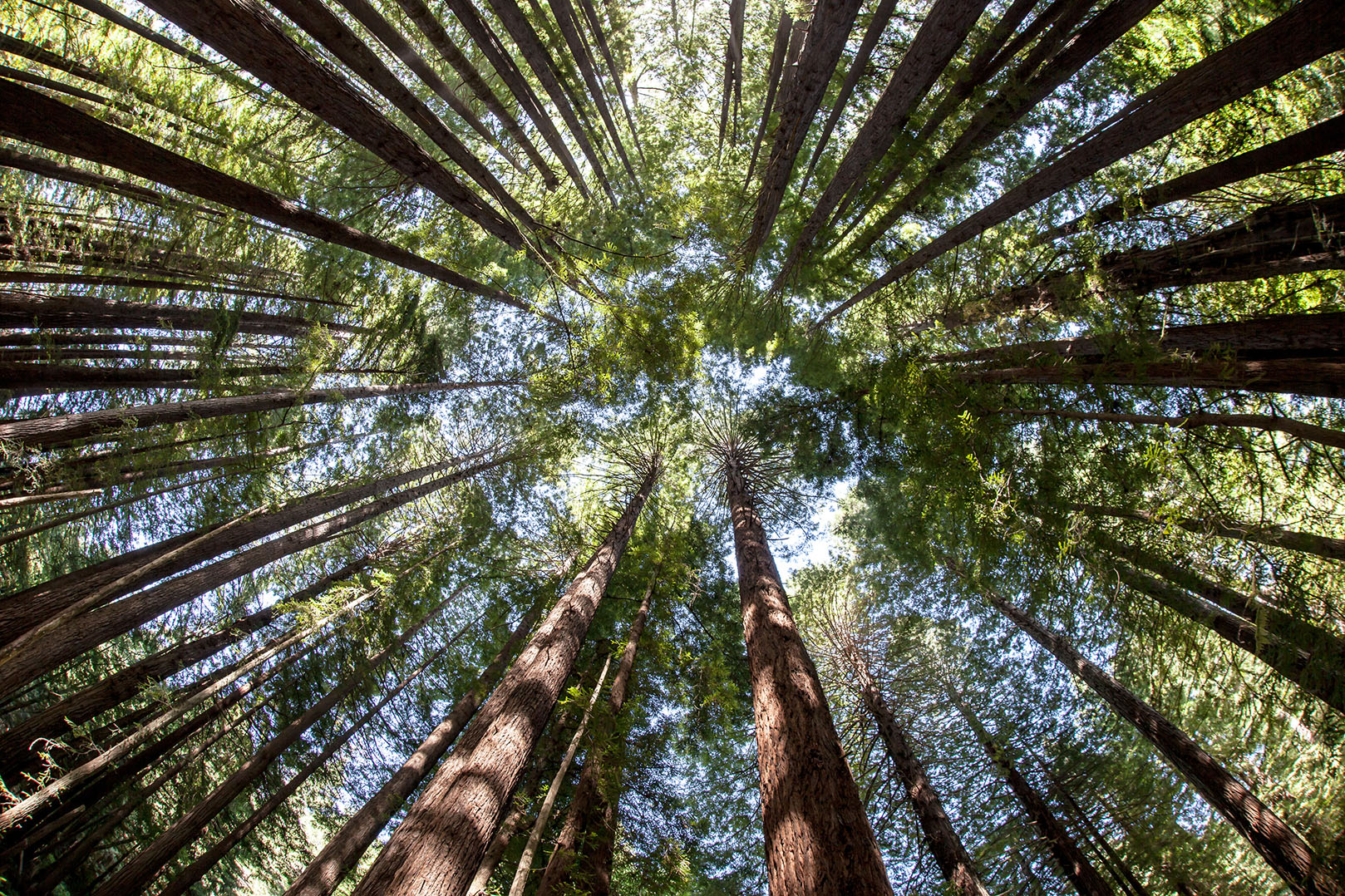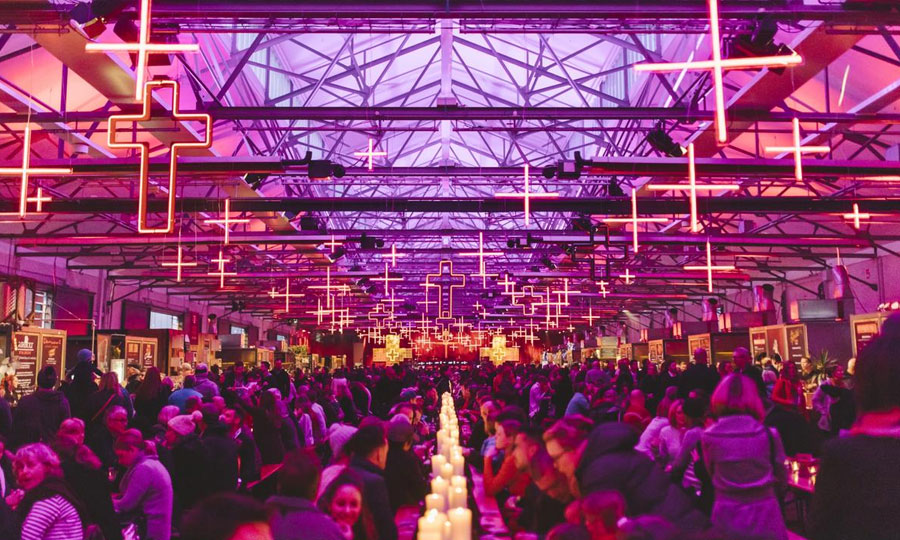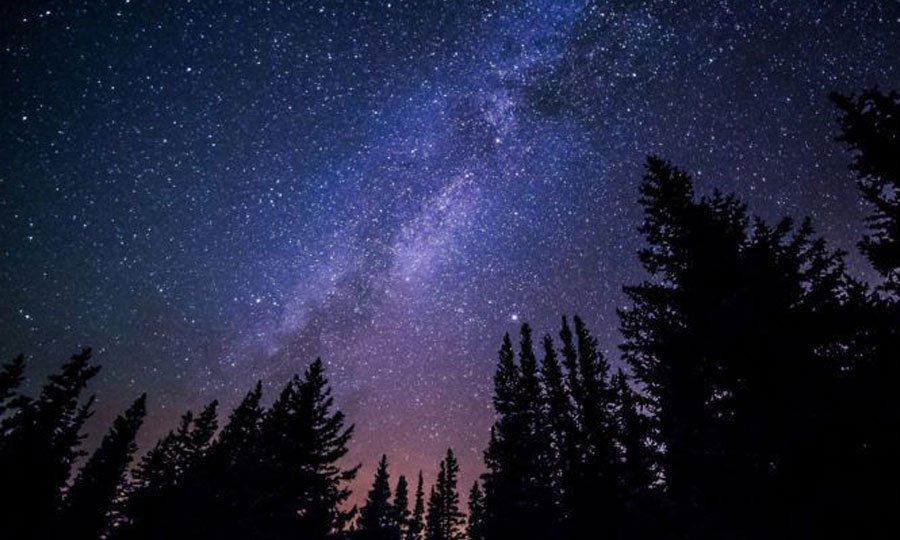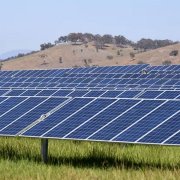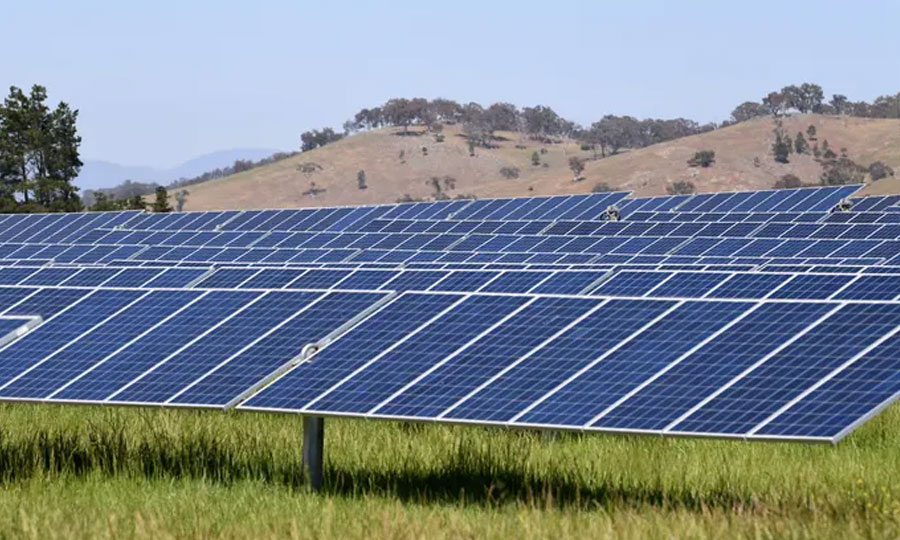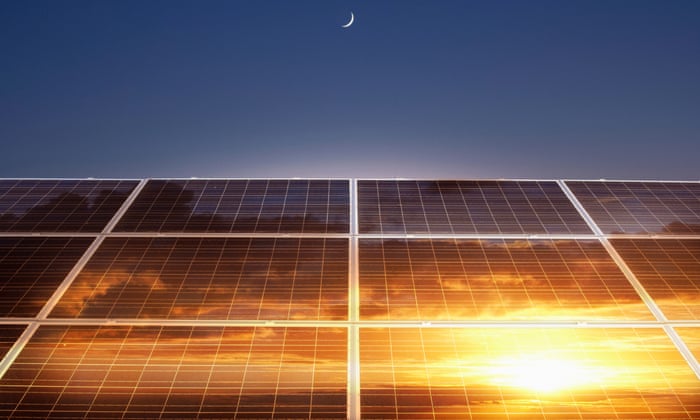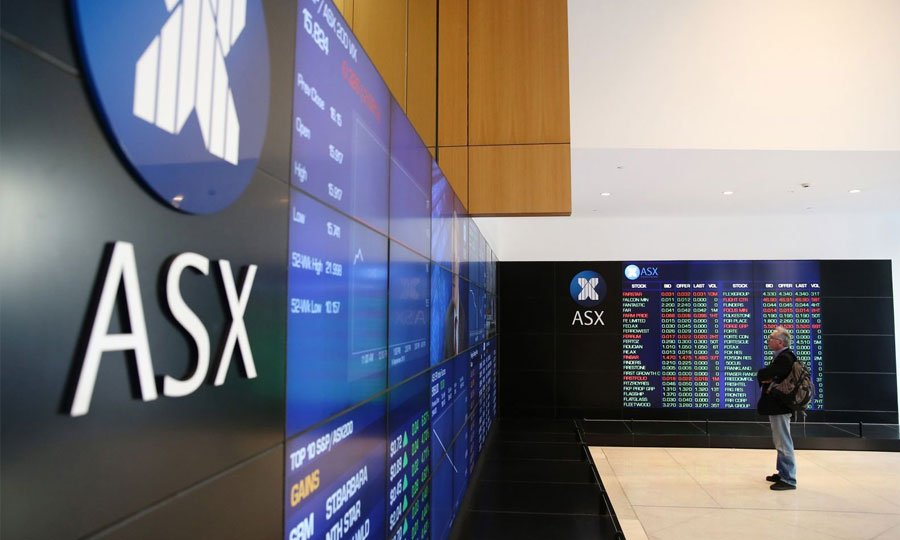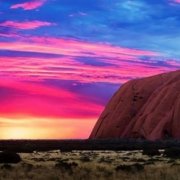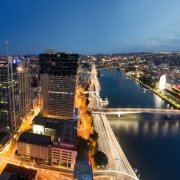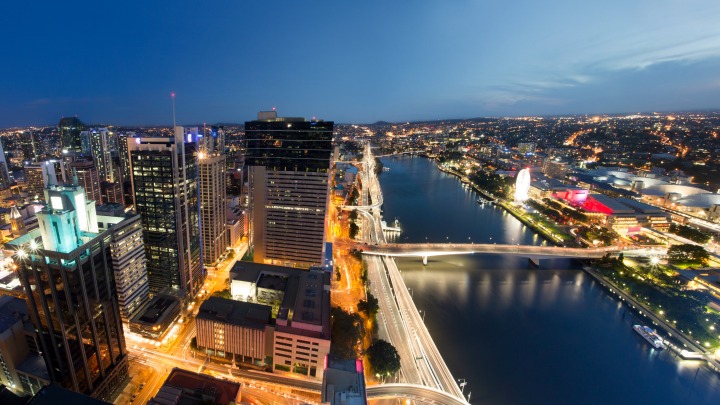Business Hub, Time is money, Save both. Because you can
Why activate your Business Hub?
Save money
Our low fares can help you increase cost savings versus travelling for business on full service carriers. Gain insights and transparency from our monthly reporting for better cost management.
Hold booking
If you have more than two days (48 hours) from the departure date, we can hold your booking^^ after you made the reservation, so you can lock in your meeting details.
Save time with less admin
Keeping track of your travel expenses is easy with monthly reports detailing your booking activity and spend. You can create and manage logins for multiple team members.
At Jetstar we are all about empowering travellers to have their travels their way. And that starts with making travel easy and affordable. By flying Jetstar for business travel, you get more value from your travel spend. We fly to the most important business destinations, taking business travellers to their meeting quickly along with a pleasant and efficient travel experience.
By activating your free Business Hub account you’ll have exclusive access to the Flex bundle and enjoy extra benefits which makes managing your business travel a breeze.
Time is money. Save both. Because you can.
Why fly Jetstar for business travel?
On-time performance
When you travel for business you’ve got to be on time, every time. That’s why we’re always working hard to keep to our schedule.
Streamlined check-in
No checked baggage, visa or other entry requirements? Then check in online, print your boarding pass or get a mobile boarding pass before check-in closes and head directly to the boarding gate.
Check in and manage your flights on the go
Search and book flights, manage your booking, check in and get real time flight updates – all from the Jetstar app
High frequency to business destinations
Bangkok, Jakarta, Hong Kong, Manila, Kuala Lumpur, Ho Chi Minh City and many more.
For more information visit www.jetstar.com


